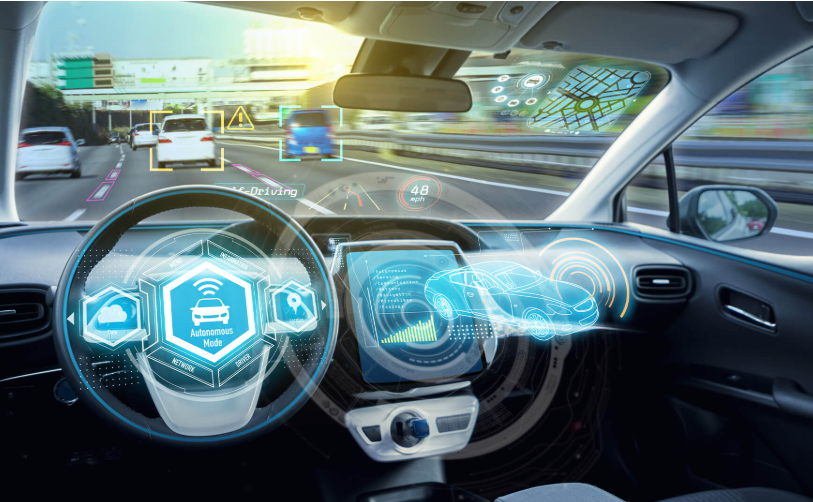What’s Next for Autonomous Vehicles and Self-Driving Cars?
The future of autonomous vehicles and self-driving cars presents a complex landscape of technological innovation and societal implications. Key advancements in machine learning and sensor fusion promise to enhance safety and efficiency. However, regulatory frameworks and public perception pose significant challenges. As stakeholders navigate these intricacies, the evolution of urban infrastructure and ethical considerations will come into play. The question remains: how will these factors shape the next chapter in transportation?
Key Technological Advancements in Autonomous Vehicles
As the automotive industry embraces innovation, key technological advancements in autonomous vehicles have emerged, significantly transforming the landscape of transportation.
Sensor fusion combines data from various sources, enhancing situational awareness and decision-making. Meanwhile, machine learning algorithms enable vehicles to learn from vast amounts of driving data, improving their predictive capabilities.
Together, these technologies foster unprecedented freedom and safety in the evolving world of mobility.
See also: estoturfpmu
Regulatory Challenges and Industry Standards
While the rapid advancement of autonomous vehicles promises to revolutionize transportation, it simultaneously presents a myriad of regulatory challenges and the need for robust industry standards.
Establishing comprehensive legal frameworks and safety regulations is essential to ensure public trust and the successful integration of self-driving technology.
Navigating these complexities will require collaboration among manufacturers, regulators, and stakeholders to foster innovation while prioritizing safety.
Future Impacts on Society and Urban Infrastructure
The evolution of autonomous vehicles is poised to significantly reshape societal norms and urban infrastructure.
As urban mobility transforms, cities may witness reduced traffic congestion and a shift towards eco-friendly transportation options.
These advancements could promote societal changes, fostering community engagement and redefining public spaces.
Ultimately, autonomous vehicles promise to enhance freedom of movement while challenging conventional urban planning paradigms.
Conclusion
As the journey toward fully autonomous vehicles unfolds, it resembles a meticulously crafted symphony, where each instrument—from cutting-edge technology to regulatory frameworks—must harmonize to create a seamless experience. With a projected market growth to $557 billion by 2026, the stakes are high. Just as a conductor guides musicians, stakeholders must collaborate to navigate challenges and shape a future where self-driving cars not only enhance mobility but also redefine urban life, creating a safer, more sustainable world.






